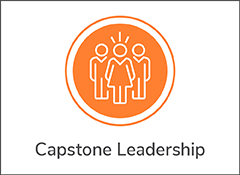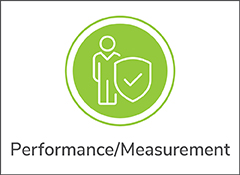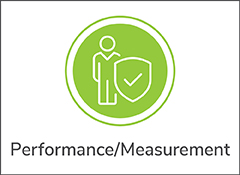
The goal of the capstone project is to demonstrate skills learned in year 1 in an applied setting within Cedars-Sinai. For the capstone project, students will be paired with a peer-student with whom they will work throughout the capstone project. While the final deliverables are received and graded separately for each student in a pair, students are expected to work together on the identification of the project and to help each other throughout the course of the capstone period. We created this format because it mirrors how people work in real life; we tend to work with others rather than operating as individuals. This format will allow you to gain deep insights from a classmate and vice versa. Ultimately, however, you will each be evaluated on your own work and final deliverables.
In 204B, each student will select an area of opportunity within the organization in which value could be improved and perform a literature review on the subject. In 204C students will perform a stakeholder analysis and develop an analytic plan for their quantitative analysis, and in 204D, students will execute their quantitative analysis. The final deliverable will be a report and a presentation in which the student describes the results of their analysis and a set of recommendations for improvement.
MHDS faculty will pair students based on their roles within the Cedars-Sinai system. We aim to match clinicians with non-clinicians and to match students who work in different settings with each other. Please bear in mind that there is often not a “perfect” match; the goal of matching is mainly to provide one another with a sounding board and another perspective as you progress through your capstone project. You will ultimately responsible for your own work, but having a partner will help you think about your project and guide progress along the way, and vice versa for your partner.
Course objectives
At the end of this course, students should be able to:
1. Demonstrate proficiency in applying HDS academic theory into pragmatic applied problem-solving.
2. Appreciate how HDS requires leadership, team science shared decision-making among diverse stakeholders and strong interpersonal communication skills.
3. Demonstrate proficiency in the mechanics of American healthcare financing.
4. Utilize scientific method to solve HDS and quality improvement problems including hypothesis generation, literature search and approaches to quantization and data visualization.
5. Become proficient in oral and written communication of HDS analyses and results, learning how to tell a story with data in a way that engages stakeholders and ultimately leads to improved healthcare delivery.
- Teacher: Christopher Almario
- Teacher: Jan Ballesteros
- Teacher: Lisa Gualtieri
- Teacher: Cody Ramin

HDS 203B explores issues related to quality and safety in healthcare. Students will learn about problems with the quality of healthcare including issues with patient safety, methods for measuring quality of care, interventions for improving quality of care, and approaches to evaluating such programs. Topics include the different types of measures (e.g., structure, process, outcome), data sources that can be used for measurement (e.g., claims data, electronic health record data, medical record data and patient outcome data), attributes of measures and data sources required to be valid reflections of quality, and quality measures of importance nationally (e.g., HEDIS measures, Medicare quality measures for hospitals, etc.). Next, the course covers strategies for changing clinical practice and improving quality, a field increasingly referred to as implementation science. Diverse schools of thought are drawn upon, including management science, behavioral economics, organizational psychology and performance improvement techniques (e.g., Lean Six Sigma). The class also explores contextual factors that influence quality of care, including health policy and payment incentives. Course material is closely linked to real-world applications, with examples drawn from ongoing hospital, health system and policy initiatives from around the country. Students learn via interactive didactic lectures, in-class activities, readings, online resources, and homework assignments. Guest speakers with unique expertise will contribute to the course. An in-depth course project selected by each student serves as the backbone of the course, enabling students to immediately apply their classroom knowledge to a topic of interest.
- Teacher: Carl Berdahl
- Teacher: Gillian Gresham
- Teacher: Loretta So
- Teacher: Karisma Suchak

Course objectives
At the end of this course, students should be able to:
1. Explain the different types of qualitative methods
2. Identify different approaches to qualitative data collection
3. Develop a rigorous qualitative research study
4. Analyze and interpret qualitative data
- Teacher: Jan Ballesteros
- Teacher: Celina Shirazipour